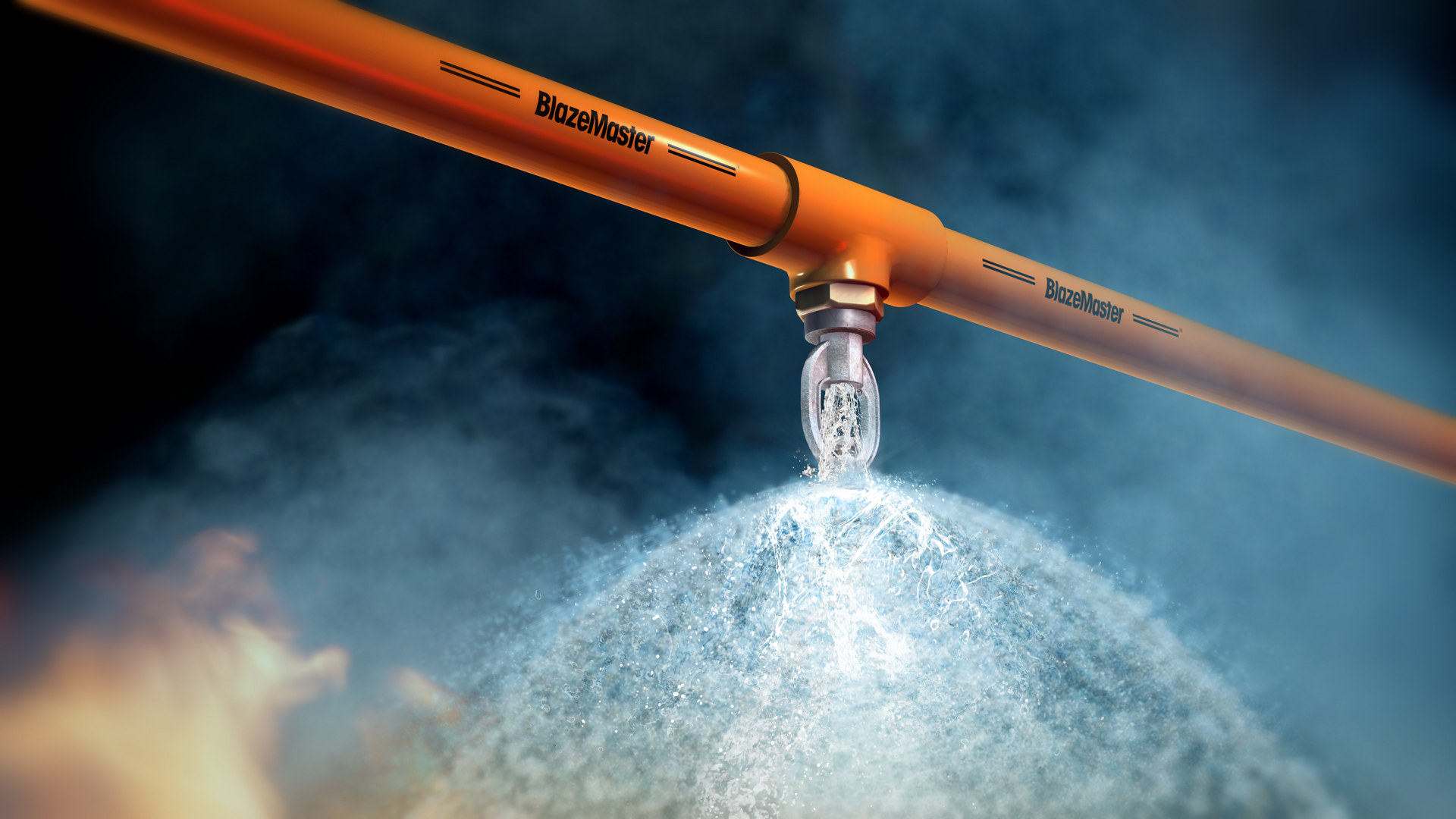Protecting your property from fire requires both preparation and technology. Automatic fire suppression technologies and emergency response drills are two critical pillars for responding to fire incidents.
Sprinklers work to contain fires automatically, trained fire brigades step in to handle complex situations. Together, this dual strategy minimizes risks.
The Basics of Sprinkler Systems
Automatic fire suppression setups work to contain fire spread. Engaged during fire detection, they direct water to affected areas.

Core benefits to rely on sprinklers for fire safety include:
- Quick suppression: Stops flames quickly.
- Hands-free response: Works independently.
- Targeted water release: Focuses on the fire-affected area.
The Role of Fire Brigade Training in Fire Safety
Emergency response training equips teams to respond to emergencies. Despite having automated suppression technology, trained responders are essential.

Response readiness courses emphasize the following areas:
- sprinkler e detector de fumaça
- Proactive safety knowledge: Spotting dangers early.
- projeto sprinkler
- Organized escape routes: Ensuring everyone knows what to do.
- Mastering fire equipment: Practicing real-life scenarios.
How Sprinkler Systems and Fire Brigade Training Work Together
Automatic suppression technology and human preparedness form a comprehensive fire safety approach. Advanced systems tackle the early stage, emergency crews provide on-the-ground action.

The integration of systems and training minimizes damage for residential buildings, business properties, and industrial sites.
Why Both Sprinklers and Training Are Essential
An effective fire protection strategy includes both technology and training. Advanced fire suppression setups act as the first line of defense, while emergency drills ensures human readiness.
Strengthen your fire response plan now by scheduling fire brigade training. Safety starts with preparation and technology!
Comments on “How Advanced Fire Safety Solutions and Brigade Training Ensure Safety”